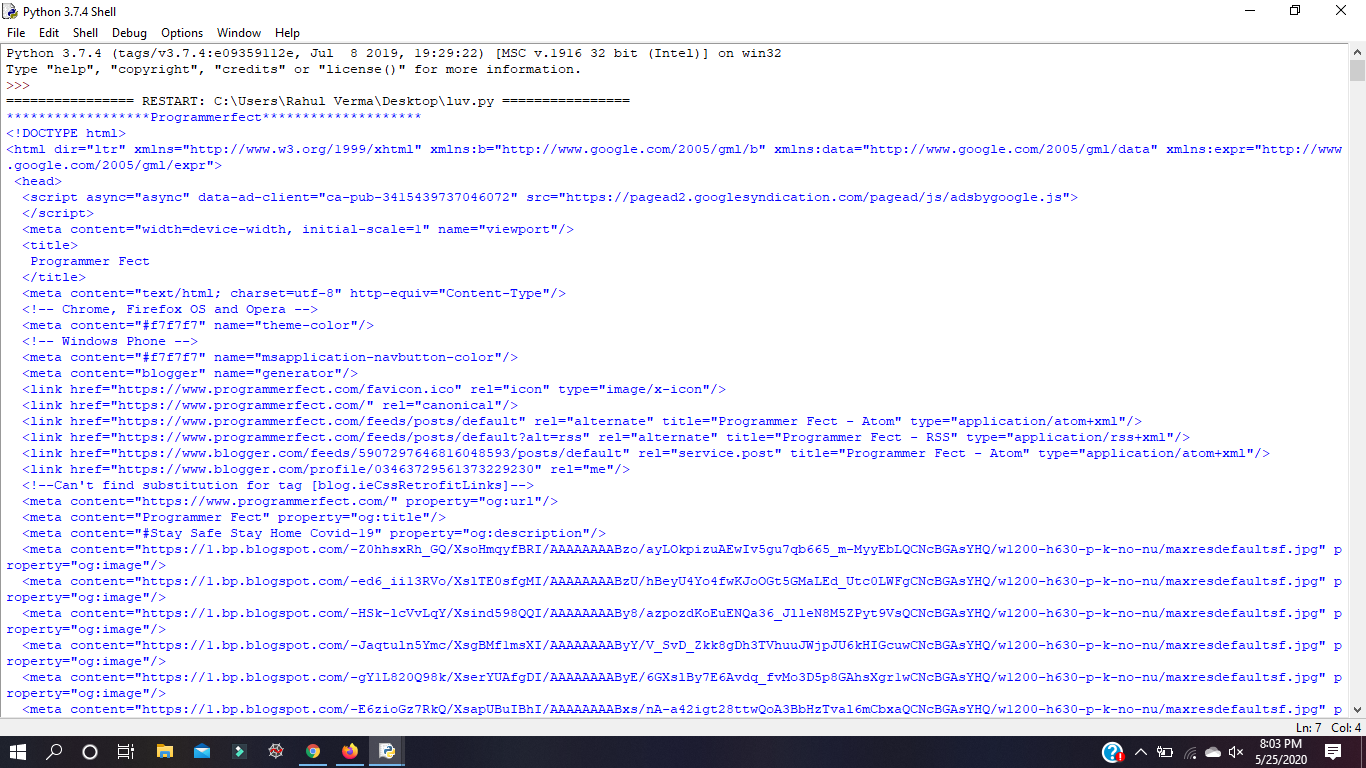

As in the code below: #!/usr/bin/env python

We will test first if the file does not exist, if it does it will read the file else return an error. While the codes above work, we should always test if the file we want to open exists.

Resulting in this code: #!/usr/bin/env python If you do not want to read the newline characters ‘\n’, you can change the statement f.readlines() to this: content = f.read().splitlines() The second part will iterate over every line in the variable contents. All of the lines read will be stored in the variable content. The first part of the code will read the file content. # This is because the lines contain the newline character '\n'. # We added the comma to print single newlines and not double newlines. # The function readlines() reads the file. The with keyword can be used to read files too. f = open( "filename.txt", "r")Īnother option is to remove the newline characters with the replace() method. The lines may include a new line character \n, that is why you can output using endl="". To output line by line, you can use a for loop. Save the file with name example.py and run it.

The read method readlines() reads all the contents of a file into a string. Open editor of your choice and create new python script. The file needs to be in the same directory as the program, if not you need to specify a path.Ĭreate python script. This is a sample program that shows how to read data from a file. They need to be opened with the parameters rb. Other files are considered binary and can be handled in a way that is similar to the C programming language. You can open regular files with the paramater r. Python programming treats some files as text files, where lines are separated by newline characters \n. The Python programming language provides the ability to work with files using open(). Python Programming Bootcamp: Go from zero to hero But so far, we have not discussed how to read or write files. You have seen various types of data holders before: integers, strings, lists.


 0 kommentar(er)
0 kommentar(er)
